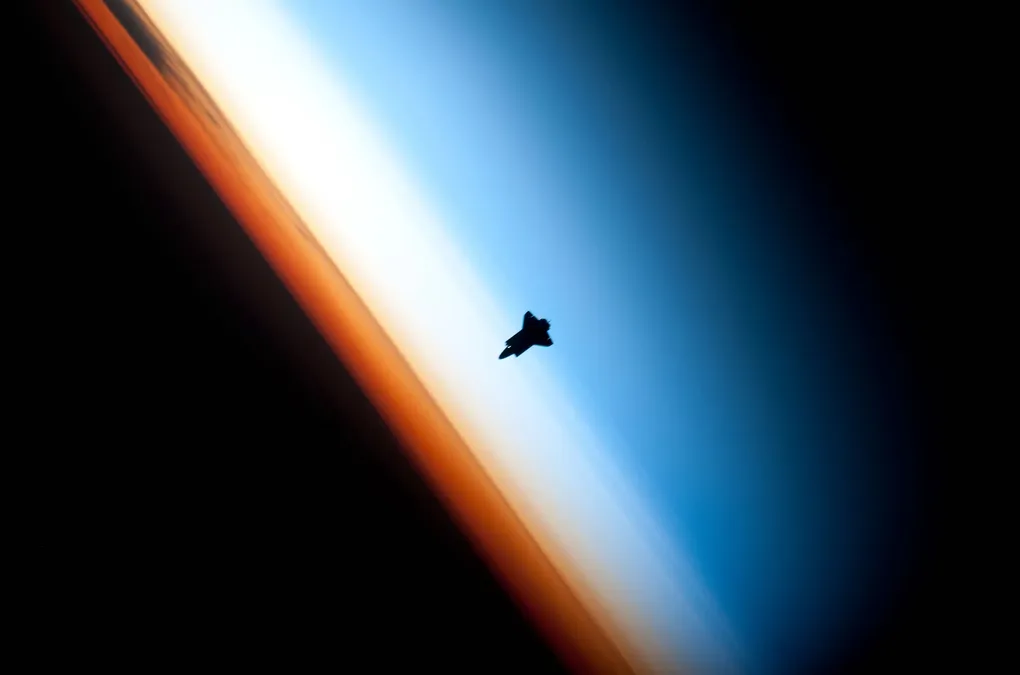
The goal is space
Humanity, once great, has started to crumble. The endless pursuit of exploration has turned into holidays in Benidorm, Spain, and the occasional cruise around the world.
We seem to have lost the phase of exploration that made some of our forefathers famous. The discovery of the Americas, the first expedition to the North Pole—these have all been completed multiple times now.
Yet I believe, as a race, we still yearn to travel and explore.
“Earth is the cradle of humanity, but you cannot stay in the cradle forever.”
— Konstantin Tsiolkovsky
That quote from one of the early Russian rocket scientists has always stuck with me. It captures the restlessness I feel—and that I think many of us feel—about our place in the universe. We can’t stay in the cradle forever. So what might a future Earth look like? How can we help humanity get to that point faster?
The obvious clue: AI + Robots.
Supercomputers will help us design new ships, hulls, and other objects to make our ascent possible.
Robots will take over the duty of manual work and mundane jobs like cleaning and such.
Yet, I can’t seem to put my finger on what people will do once their jobs have been automated. Will they live at home on universal credit? Will there be new jobs for them to try?
No one can say for sure, but I know this: I am committed to dedicating my life’s work to accelerating humanity’s journey to space.
If you too are interested in getting humanity to space faster, reach out to me on X or LinkedIn. @harrymckayroper
With great optimism,
Harry